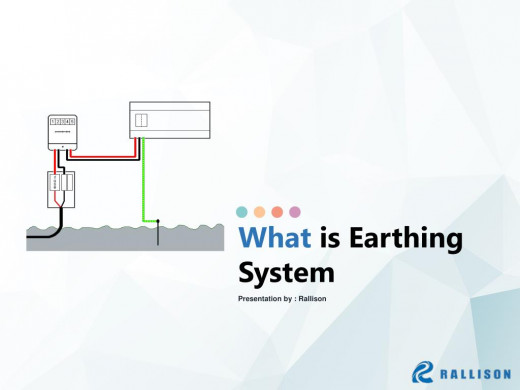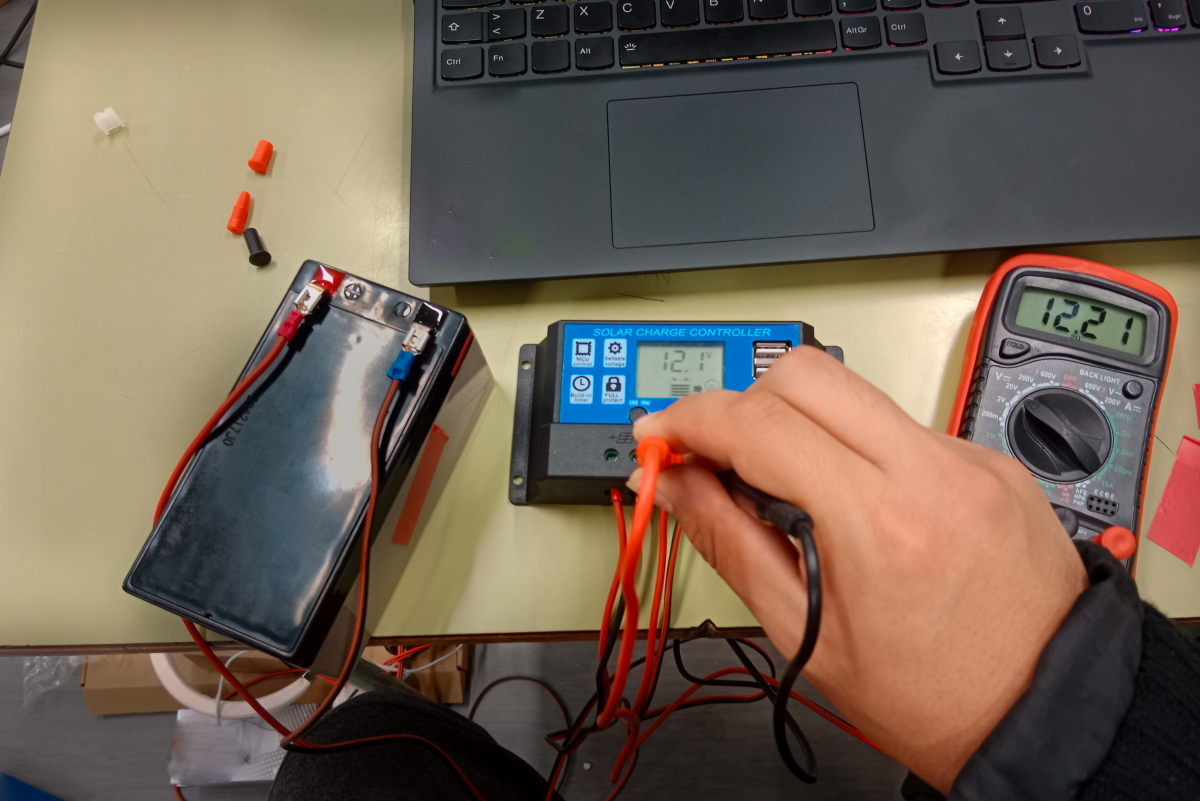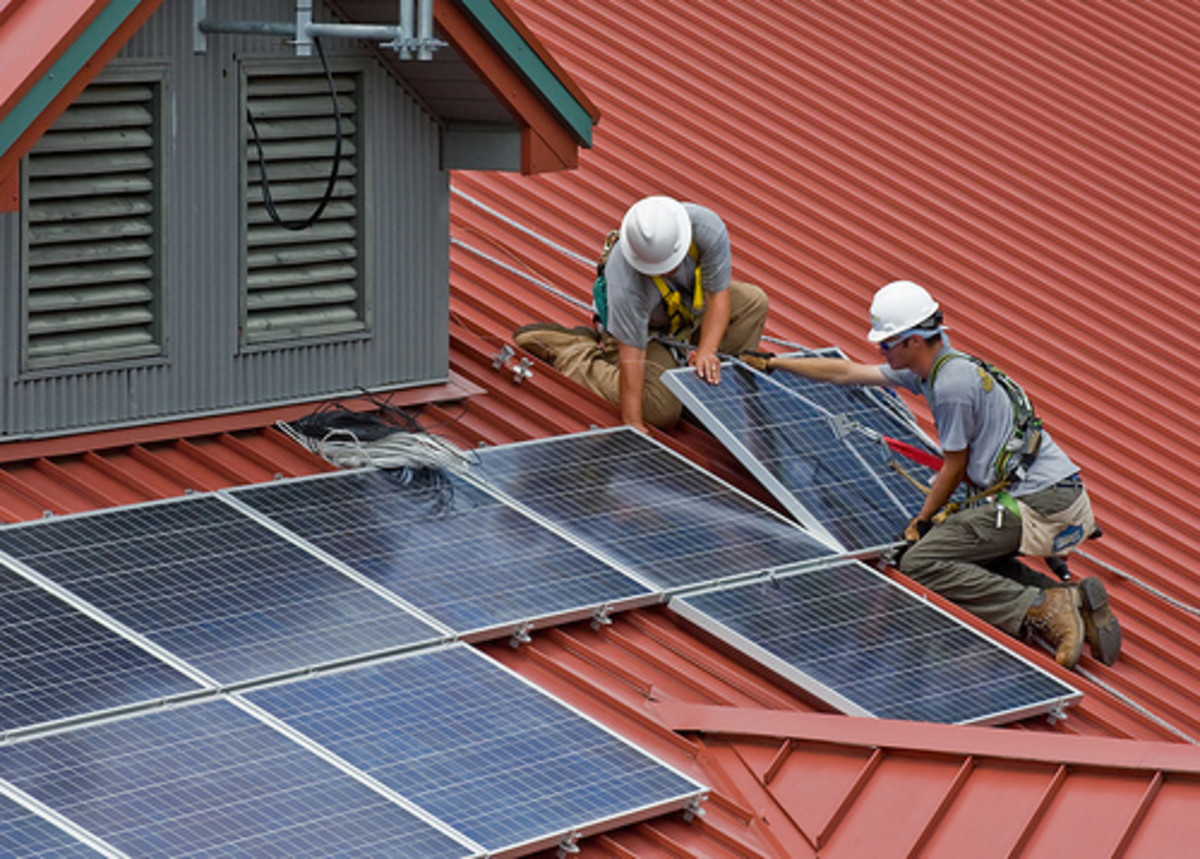Importance of Earthing
Earthing System

- Why is the earthing system important?
The aim of earthing in electrical installations and circuits is to enhance the safety of the installation by reducing the level of danger inherent to fault currents. Fault currents may be caused by different factors. Therefore, it is very important to design an earthing system according to the installation’s characteristics.
- Purpose of an earthing system: -
- Provides safety for persons and animals
- Protects the installation and equipment
- Enhances quality of signal (reduced electromagnetic distortion)
- Provides a fixed reference voltage for equipotentialization
- Soil humidity (reduces earthing resistance)
- Earthing enhancing devices reduce soil resistance
- Buried electricity and gas installations require security distances
- Buried pipes and water tanks shall be bonded equi-potentially with earth termination Fault currents can be transmitted to persons and animals, presenting a high risk through both direct and indirect contact.
- Factors to consider at the design stage of an earthing system: -
- Direct Contact
- conductor of the electrical installation or a normally live conductive element.
- To prevent these events: -
i. Insulating cables (with proper insulating materials)
ii. Using instantaneous High Sensitivity Residual Current Devices known as HS-RCDs
3. Direct contact protection is independent from the system earthing.
- Indirect Contact
- Happens when a person or animal gets into contact with an exposed-conductive-part.
- It is the result of an insulation fault that creates a fault current flowing. At the same time, the fault current raises the potential between the devices’ frame and the earth, thus causing a fault voltage.
- The fault voltage is considered to be dangerous if it exceeds the Upper Limit voltage.
In order to prevent Direct and Indirect Contacts, the International Electrotechnical Commission (IEC) gave official status to three earthing systems and defined the corresponding installation and protection rules.
IEC 60364 defines three standardized earthing systems schemes:
- Exposed-conductive parts connected to neutral -TN-
- Earthed neutral -TT-
- Unearthed (or impedance-earthed) neutral -IT
The purpose of all these three earthing systems is the protection of persons and property. They are also considered to ensure safety of persons against indirect contacts.



